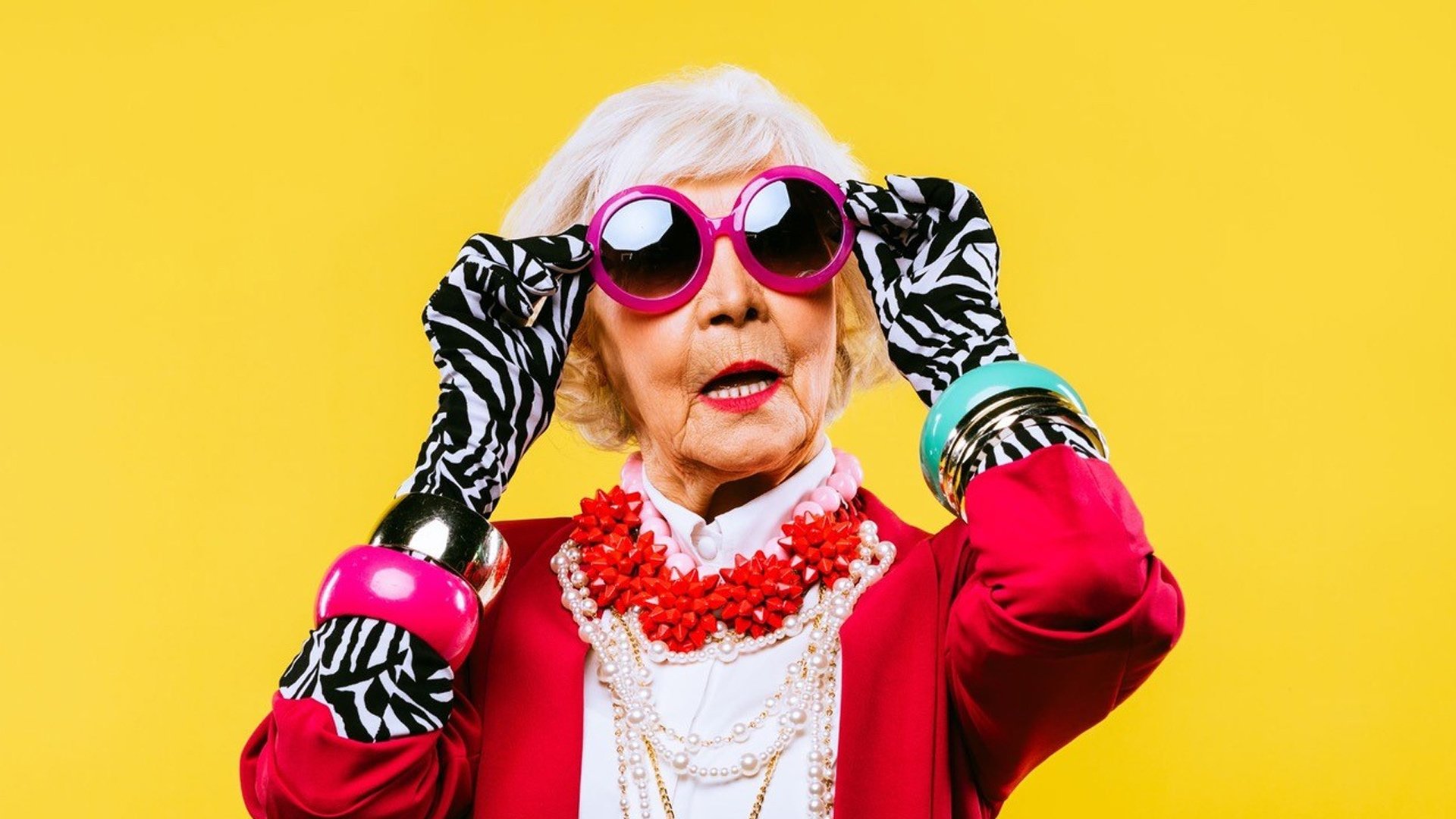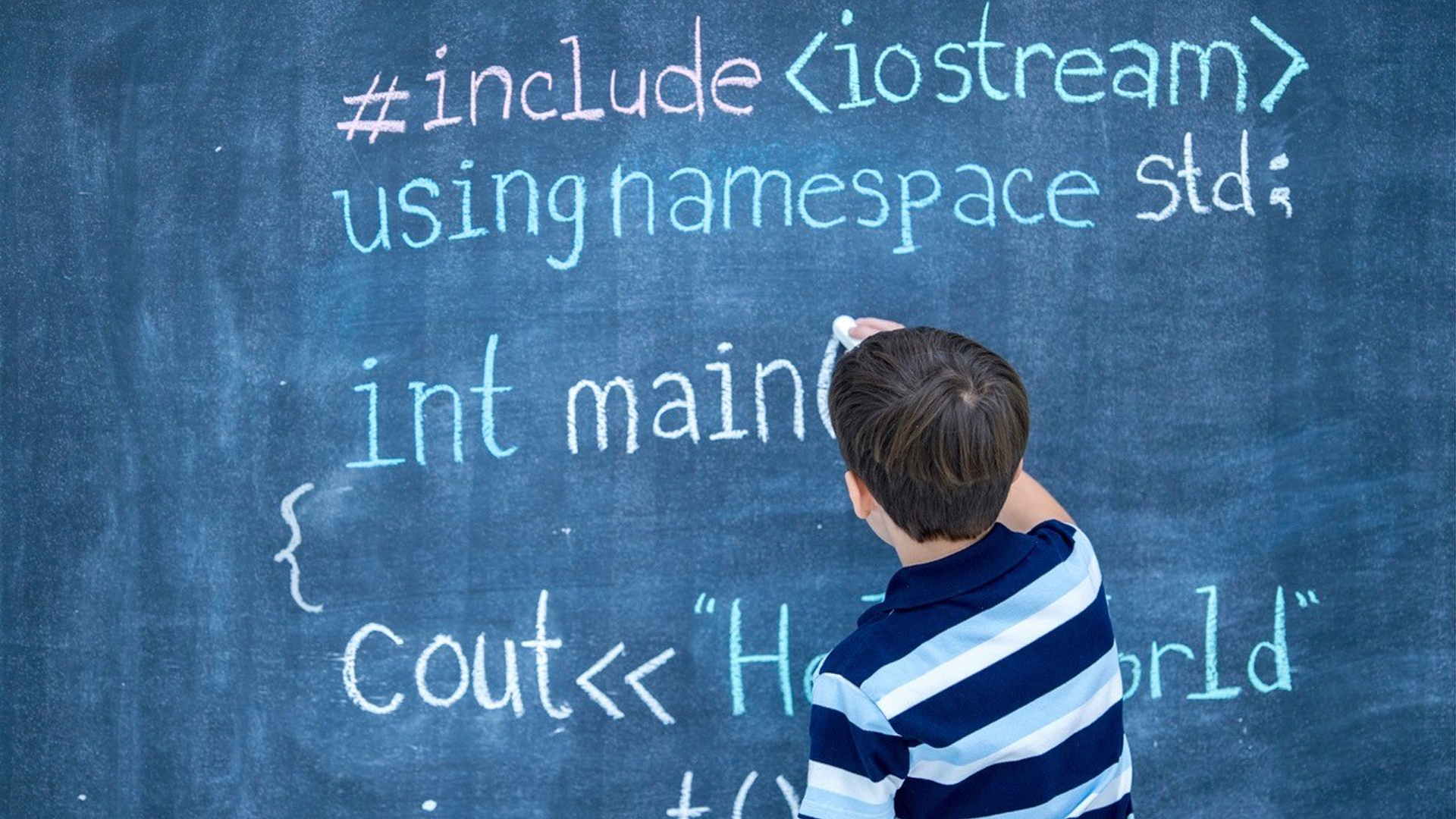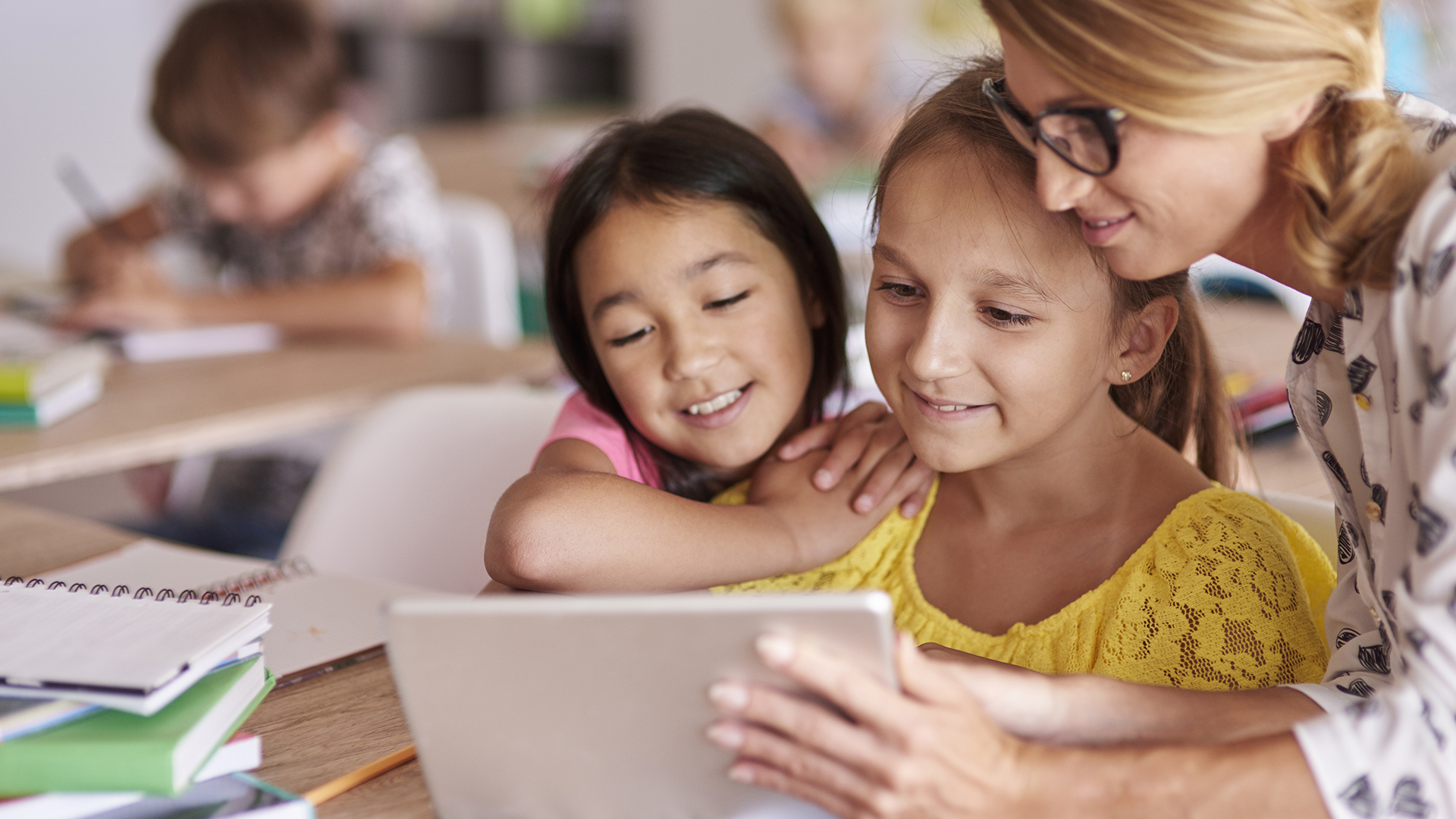Social media aesthetics shape views and understanding of the Ukraine invasion.
KEY POINTS
- Memes translate complex ideas into short-form cultural commentaries that construct social narratives.
- TikTok has taken over as the ‘go-to’ source for short-form content on the Ukraine invasion.
- Memes help humanize and simplify conflict, creating clear heroes and villains.
Memes translate complex ideas into simple, easily digestible, emotionally evocative messages that draw on an existing cultural schema. Memes construct the narratives that frame events, as we see with the Ukraine Invasion and influence who is cast as the hero and villain, “like us,” and “the other.”
Nowhere are memes more prevalent than in social media. TikTok, in particular, has embraced meme culture and short-form content. TikTok is also the go-to source for updates on Ukraine for younger generations. The app is so influential that Ukrainian President Zelensky appealed to TikTok users to help end the war, and TikTok Influencers received a White House briefing. How did memes get so much political power?
How the Internet Transformed Dawkins’ Memes
Social media memes may seem pretty harmless. We’ve all seen celebrities paired with irreverent and humorous commentary on life and pictures of cats with attitude and grammatically incorrect captions.
However, memes have come a long way since the first ‘I has cheezburger‘ cat and the many variations of Gene Wilder from Willy Wonka.
Memes play a central role as the world watches Russia’s Invasion of Ukraine in real-time. Not only is the amount of information available is unprecedented, but social media’s aesthetics are shaping how we see conflict. Viral mockery of Putin has replaced funny cat memes. The juxtaposition of Putin at a ridiculously long table is funny as a visual and political joke. But it creates an image of Putin as out of touch, isolated and paranoid. This kind of short-form content defines the narrative of this war, particularly for younger generations.
Days of Self-Isolation Are Over
Social media is a firehose of information. The days when you could self-isolate from politics are long gone. More content flows through social media than traditional sources. While about 75 percent of U.S. adults over 30 get news from news sites rather than social media, those under 30 are more likely to use social media (Shearer, 2021).
Reporters bridge the audience gap by live-streaming on Facebook and Instagram. In the meantime, TikTok has emerged as a serious information channel for Gen Z, with Ukrainians abandoning dance and fashion to share their experiences under fire and westerners sharing their interpretation of events. Some are stylized with animated captions overlays, while others are heart-rending in their pain–all in three minutes or less.
TikTok’s impact has caught many by surprise, but not for long. It has been increasingly legitimized as an information source on the invasion. The cultural status of TikTok was confirmed when the White House TikTok Influencer briefing was mocked on Saturday Night Live. Yet Zelensky’s appeal and the White House TikToker briefing showed what Putin has always relied on–but was slow off the mark in the Ukrainian Invasion. You can’t ignore the engagement of billions of monthly users if you want to steer the political narrative. Control the narrative, and you control reality.
Dawkins’ Memes and Memes Today
“Meme” is not a new idea. It was coined in 1976 by British evolutionary biologist Richard Dawkins in his book The Selfish Gene, who defined a meme as an idea that can take hold in a culture and then be passed along. A meme is a unit of cultural information that, like DNA, can travel through generations, evolve, and persist.
However, an Internet meme does not result from random mutations and Darwinian selection as Dawkins originally proposed. Internet memes hijack the original idea with no attempt at accuracy in copying. Call this willful, purposeful mutation because creating these simple messages drawing on cultural archetypes and emotions can be extraordinarily influential.
Memes Influence Attitudes and Beliefs
Internet memes are cultural inside-jokes that use captioned images, animation, or videos to capture the essence of the creators’ thoughts and feelings. They connect and can coalesce people. Spreading across social media, they create and reaffirm shared beliefs. In doing so, they can also empower audiences with a sense of collective efficacy.
More persuasive than most people realize, memes trigger emotion, often humor, and anchor meaning by activating identity, belonging, and existing mental models and beliefs. Memes succeed in translating complicated concepts into simplified and memorable soundbites that construct a narrative frame for making sense of events and experiences.
Consequently, memes have been used as a weapon in culture wars for more than a decade to further political agendas and social issues. They are being used in a real war now, constructing a narrative framework, so the audience knows how to feel and think about Russia’s invasion of Ukraine. Memes show Putin as Hitler or Zelensky as a Marvel Avenger. They document the lived experience of Ukrainian citizens fighting and fearing for their lives.
Even in war, however, memes remain irreverent and humorous. Emotion such as humor helps make them effective. Their job is to deliver commentary in an accessible, easy-to-understand yet memorable way by tapping into shared cultural knowledge. They must remove language barriers and provide entry points that bridge platforms, digital cultures, and generations.
Memes and the Ukraine Invasion on TikTok
The power of memes translates well into the short video content of TikTok. Where the Arab Spring was the first “Twitter War,” the Ukraine invasion was the first “TikTok war.” TikTok is full of raw, gritty videos of people crying in windowless shelters and explosions demolishing entire buildings. Ukrainian Influencers are abandoning fashion and beauty to document the damage they see now and share the picturesque and happy images of life before.
As we would expect on TikTok, the content is emphasized with captions, overlays, and animations to make the meaning clear. Soldiers upload videos from the front-line dancing to rock music against the stark realities of war. Unlike Instagram, TikTok’s algorithm delivers trending content based on preferences and views, not followers, making it easier for war videos to go viral quickly.
Social Media Can Humanize Conflict
Zelensky’s media presence shows how social media creates and humanizes people in global crises. Benefiting from good looks and media experience as a performer, Zelensky understands the power of an image. He tweets and posts simple videos of himself walking the streets, talking with citizens, and affirming that he is present and committed.
Zelensky’s social media efforts increase the identification with and empathy for Ukrainian citizens. They enable emotional engagement with Zelensky personally, elevating his status and authority. They raise the morale of Ukrainian citizens and troops and help gain global support for his country.
Five Reasons Why Memes Are Persuasive
There are five main psychological reasons why memes can be powerful in changing how people think about global events.
- Social media is short and easy to consume.
- Images and videos make events, and people feel “real” and approachable. This increases emotional engagement and parasocial interaction, judging by the Zelensky fans.
- Social media and memes can normalize emotions and anxieties. This allows people to engage and process overwhelming events like war.
- Social media is immediate and feels real. Social media is the equivalent of word-of-mouth advertising. Marketers know that 90 percent of consumers trust word-of-mouth over all other sources.
- Memes’ reach and shareability validate information and ideas through social proof, especially when Influencers, celebrities, friends, strangers, and brands weigh in.
The magnitude of consumption and shares attest to the ability of memes to spread. Putin’s lockdown on social media and major foreign news outlets and a new law criminalizing public opposition (including all media) provide further evidence of the effectiveness of social media to construct and control a global narrative.
Memes Can Be Positive and Negative
On the positive side, memes serve an important function—by providing a voice and sharing the cultural narrative about the Ukrainian invasion, just as all memes, toxic or positive, help create cultural narratives. One Ukrainian TikToker known for glam and fashion has been posting the impact of the invasion, such as food shortages and air raids, to her 500,000 followers.
Memes are as valid a response to frightening events beyond our control. So while humorous, they can also reflect and impact public sentiment.
Negatively, emotional content can keep people from questioning the accuracy of visual information. Emotion is at the center of effective propaganda.
Even though there’s the chance of misinformation and problematic videos on TikTok, what’s happening is largely positive. The amount of information from so many voices creates conversations that increase awareness, shape people’s attitudes, and make them care. There are worse things.
References
Shearer, E. (2021, January 12).More than eight-in-ten Americans get news from digital devices. Pew Research Center. https://www.pewresearch.org/fact-tank/2021/01/12/more-than-eight-in-ten…
Join Over 7,500 Fielding Alumni Located Around The World!
Change the world. Start with yours.™






Get Social